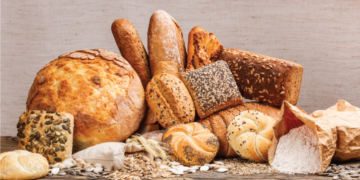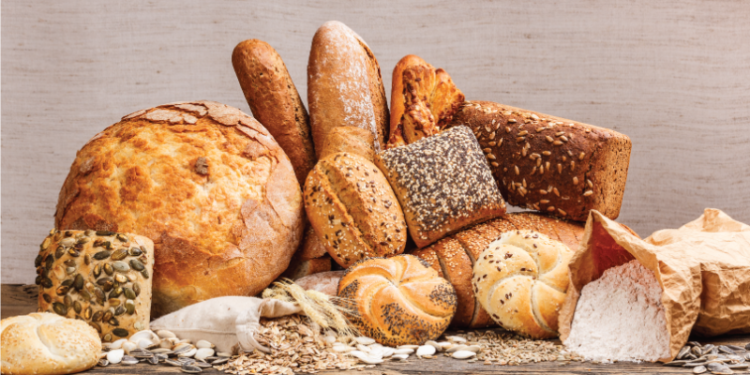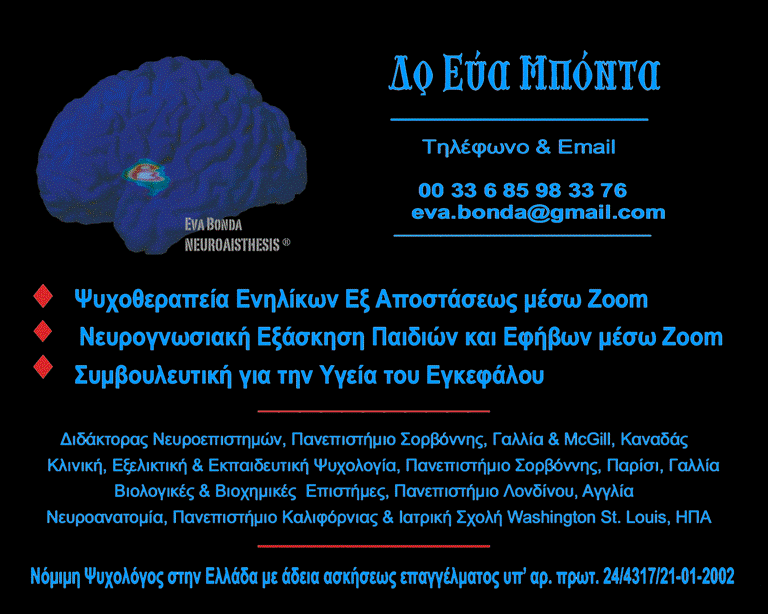Πόσες φορές έχετε ακούσει τη φράση «μην τρως ψωμί, παχαίνει»; Είναι ένας μύθος που το συνοδεύει εδώ και δεκαετίες, μολονότι είναι ένα τρόφιμο που αποτελεί βασικό συστατικό της διατροφής του ανθρώπου εδώ και χιλιάδες χρόνια – πολύ πριν εμφανιστεί το πρώτο κρούσμα παχυσαρκίας στον πλανήτη.
«Το ψωμί αποτελεί αναπόσπαστο κομμάτι της διατροφής μας. Η πρόσβαση σε αυτό είναι εύκολη και είναι σχετικά οικονομικό. Αποτελεί επίσης ένα από τα πιο ασφαλή και, αναλόγως με το είδος, θρεπτικά τρόφιμα», λέει ο κλινικός διαιτολόγος-διατροφολόγος Δημήτρης Π. Μπερτζελέτος, μέλος των ομάδων ειδικών Αθλητικής Διατροφής και Δημόσιας Υγείας του Πανελληνίου Συλλόγου Διαιτολόγων-Διατροφολόγων.
Παρότι, όμως, πρέπει να το προτιμάμε έναντι άλλων επεξεργασμένων τροφίμων με βάση τα δημητριακά, πολλοί το αποφεύγουν άνευ λόγου. Αιτία γι’ αυτό είναι οι μύθοι που το συντροφεύουν. Ο κ. Μπερτζελέτος εξηγεί ποια είναι η αλήθεια για τρεις από τους επικρατέστερους:
Μύθος: Το ψωμί παχαίνει
Η αλήθεια: Όχι, δεν παχαίνει το ψωμί. Μπορούμε να τρώμε καθημερινά ψωμί κι όχι απλώς να μην παχαίνουμε, αλλά να αδυνατίζουμε κιόλας. Μία φέτα ψωμί περιέχει λιγότερες από 70 θερμίδες. Επομένως, μπορεί να αποτελεί τρόφιμο ακόμα και για άτομα που ακολουθούν αυστηρή δίαιτα αδυνατίσματος.
Αυτό που παχαίνει, όμως, είναι όσα βάζουμε πάνω στο ψωμί ή ανάμεσα σε δύο φέτες. Και αν δεν το πιστεύετε, σκεφτείτε τι περιέχει ένα χάμπουργκερ.
Μύθος: Τρώω παξιμάδι για να αδυνατίσω
Η αλήθεια: Πολύ συχνά όσοι κάνουν δίαιτα επιλέγουν την κατανάλωση παξιμαδιών στη θέση του ψωμιού. Εδώ υπάρχει μια μεγάλη παρεξήγηση: το παξιμάδι ανά γραμμάριο προσδίδει 3,5 θερμίδες (χονδρικά), ενώ το ψωμί 2 θερμίδες. Κατά συνέπεια μια κριθαροκουλούρα που ζυγίζει 70 γραμμάρια προσφέρει 245 θερμίδες. Οι θερμίδες αυτές αντιστοιχούν σε 3 έως 4 φέτες ψωμιού!
Πώς είναι δυνατόν να συμβαίνει αυτό; Είναι απλό. Λόγω του ψησίματος, το παξιμάδι αφυδατώνεται και τελικά καθίσταται πιο πυκνό σε θερμιδογόνα συστατικά (σιτάλευρο, αλεύρι κριθαριού, αλεύρι σικάλεως κ.ά).
Στον αντίποδα, ενδέχεται να είναι πιο χορταστικό, εξαιτίας της διαδικασίας της μάσησης (είναι σκληρό, παράγεται περισσότερο σάλιο άρα και αμυλάση, ενώ έτσι είναι και πιο εύπεπτο).
Μύθος: Το μαύρο ψωμί δεν παχαίνει
Η αλήθεια: Έχει τις ίδιες θερμίδες με το λευκό, απλώς είναι πιο θρεπτικό. Στην πραγματικότητα, έχει τριπλάσιες φυτικές ίνες από το λευκό, επομένως μία φέτα μας προσφέρει περισσότερο από το 10% των ημερήσιων αναγκών μας σε ίνες.
Το μαύρο ψωμί έχει επίσης χαμηλό γλυκαιμικό δείκτη (αυξάνει βαθμιαία και όχι απότομα το σάκχαρο) και καλύτερο δείκτη κορεσμού της πείνας. Γι’ αυτούς τους λόγους είναι προτιμότερο για τους ασθενείς με διαβήτη και για όσους προσπαθούν να ελέγξουν το βάρος τους.
Τέλος, το μαύρο ψωμί περιέχει περισσότερες βιταμίνες του συμπλέγματος Β και περισσότερο σίδηρο.
Ποιοι πρέπει στ’ αλήθεια να προσέχουν
Αυτοί που πραγματικά πρέπει να προσέχουν τι είδους ψωμί καταναλώνουν και σε ποια ποσότητα είναι ορισμένες πληθυσμιακές ομάδες, όπως:
- Οι πάσχοντες από σακχαρώδη διαβήτη. Να προτιμούν το μαύρο, αλλά σε λελογισμένες ποσότητες, σύμφωνα με τις οδηγίες του θεράποντος ιατρού και του διαιτολόγου τους
- Οι πάσχοντες από κοιλιοκάκη. Οι ασθενείς αυτοί πρέπει να αποφεύγουν τη γλουτένη (είναι πρωτεΐνη που περιέχεται στο αλεύρι). Επομένως πρέπει να επιλέγουν αρτοσκευάσματα από αλεύρι χωρίς γλουτένη και στις ποσότητες που συνιστά ο γιατρός τους.
- Όσοι πρέπει να τρώνε λίγο αλάτι. Το ψωμί του εμπορίου (σε φούρνο και τυποποιημένο) κατά κανόνα περιέχει πολύ αλάτι. Ωστόσο πολλοί φούρνοι έχουν και ψωμιά με μειωμένο ή καθόλου αλάτι (πρέπει να το ζητήσετε), ενώ και στο εμπόριο αρχίζουν να κυκλοφορούν ψωμιά με λιγότερο ή καθόλου αλάτι. Σχετικά πρόσφατα, εξ άλλου, συντάχθηκε πρωτόκολλο συνεργασίας μεταξύ ΕΦΕΤ και Ομοσπονδίας Αρτοποιών που αφορά τη μείωση του αλατιού, λέει ο κ. Μπερτζελέτος. Ο στόχος που τέθηκε είναι η περιεκτικότητα αλατιού στο ψωμί να μην ξεπερνάει το 1,2%.
Πηγή:iatropedia.gr































